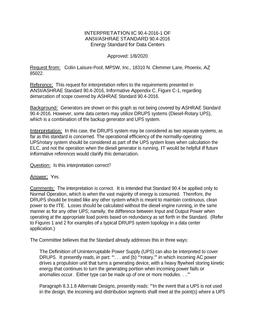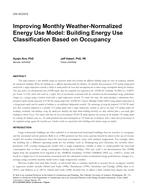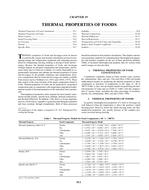Improving the insulation, solar heat gain, and infiltration characteristics of windows in a home has the potential to significantlyimprove the overall thermal performance by reducing heat transfer through the window and also by decreasing air leakageinto and out of the home. As approximately 43% of existing homes still have single-pane clear windows (~50 million houses) andmillions of other homes have only double-pane clear windows (Cort 2013), improving window performance also presents a significantopportunity for energy savings in the residential sector. Today, various energy-saving window retrofit opportunities are availableto homeowners, ranging from window coverings and storm panels to highly insulating triple-pane R-5 window replacements.Many of these technologies have been evaluated in the field in the Lab Homes at Pacific Northwest National Laboratory, andthrough modeling to prove their cost-effectiveness and performance in different climate regions. Recently, the Pacific Northwest’sRegional Technical Forum approved a utility measure for low-emissivity storm windows based on such data. This action representsa watershed moment for increasing the variety and prevalence of fenestration options in utility programs, especially for the lowincomedemographic. This paper will review various window retrofit options, the most recent field test and modeling data regardingtheir performance and cost-effectiveness, and discuss future rating efforts. This information is useful for utilities and energyefficiencyprogram managers to help effectively implement incentive measures for these technologies.
Citation: Thermal Performance of Exterior Envelopes of Whole Buildings XIII, Conference Papers
Product Details
- Published:
- 2016
- Number of Pages:
- 9
- Units of Measure:
- Dual
- File Size:
- 1 file , 2.5 MB
- Product Code(s):
- D-BldgConf16-54


